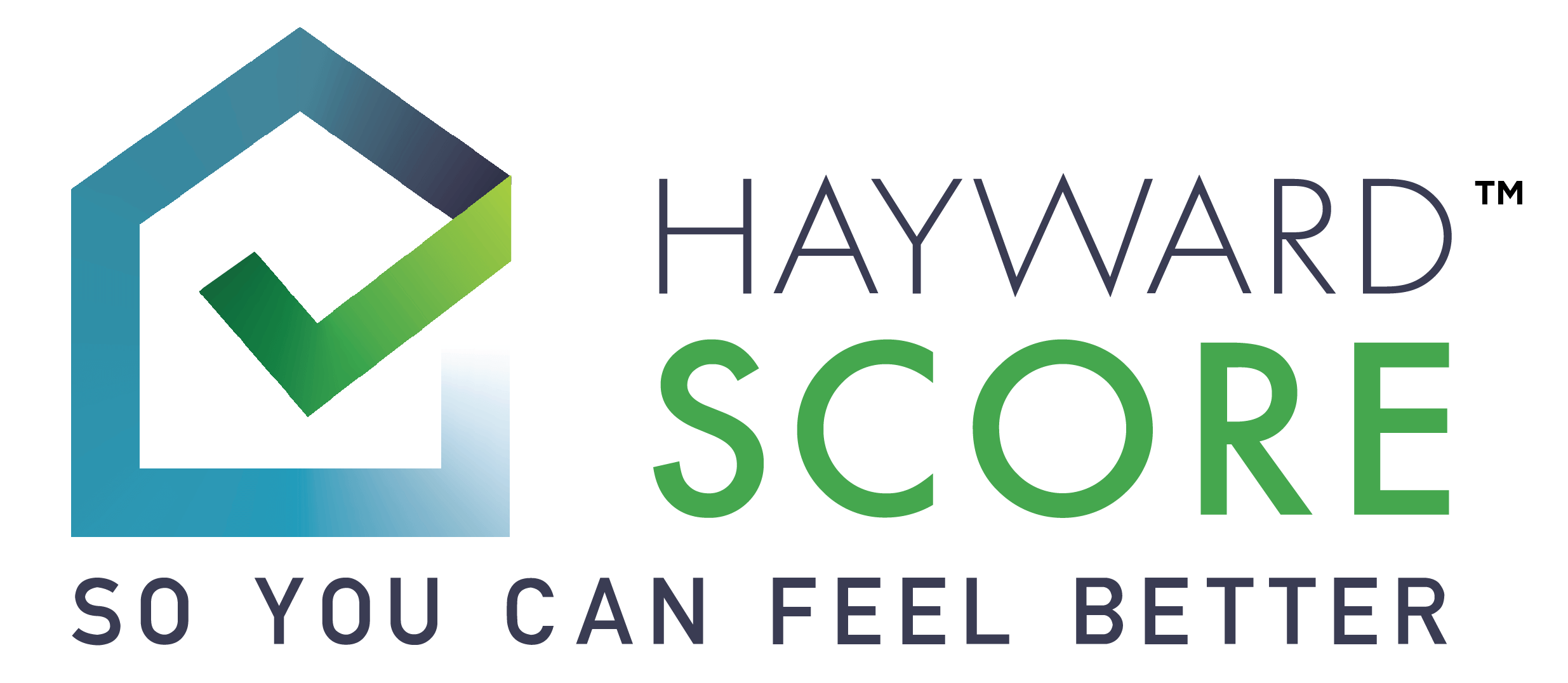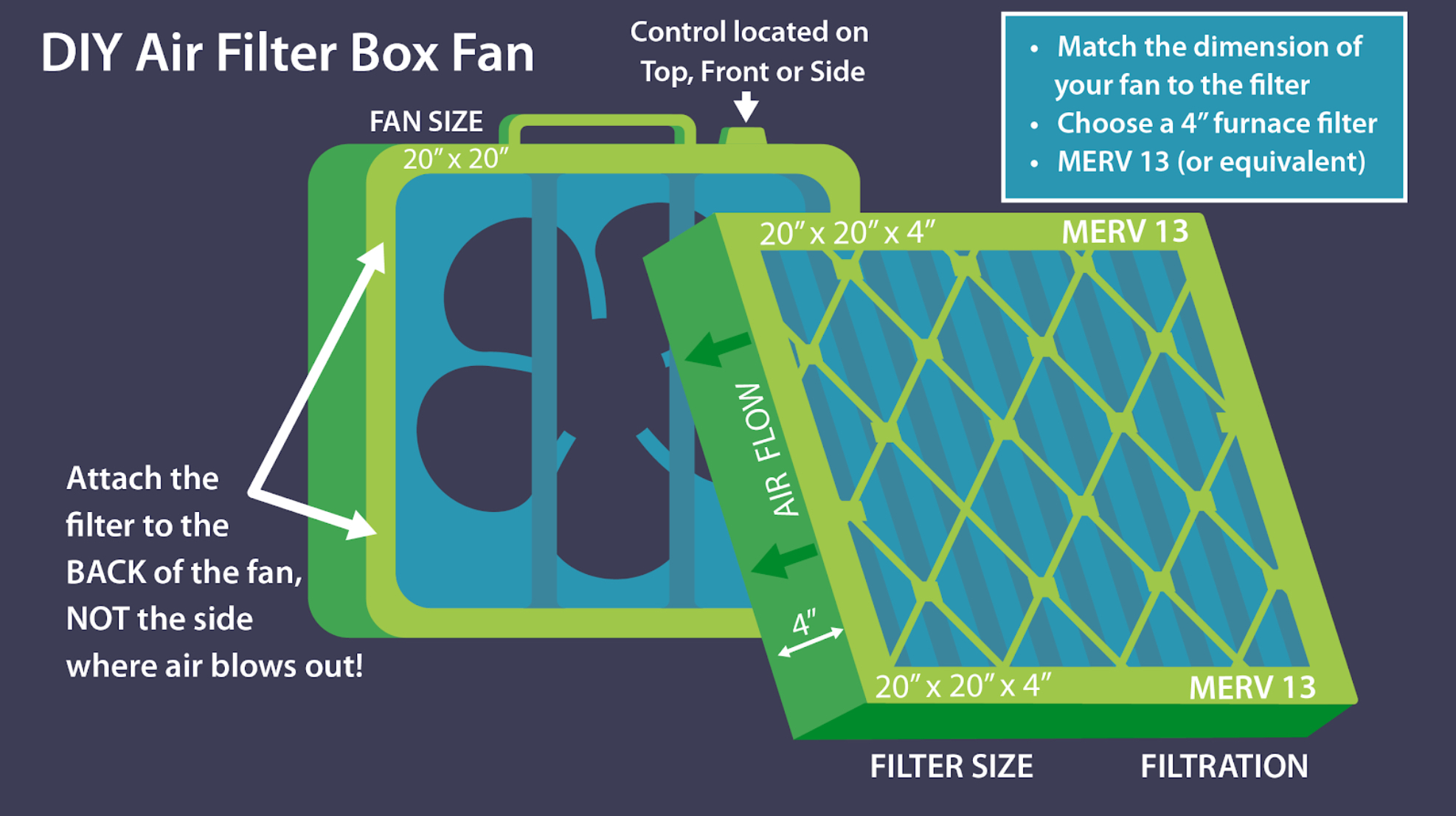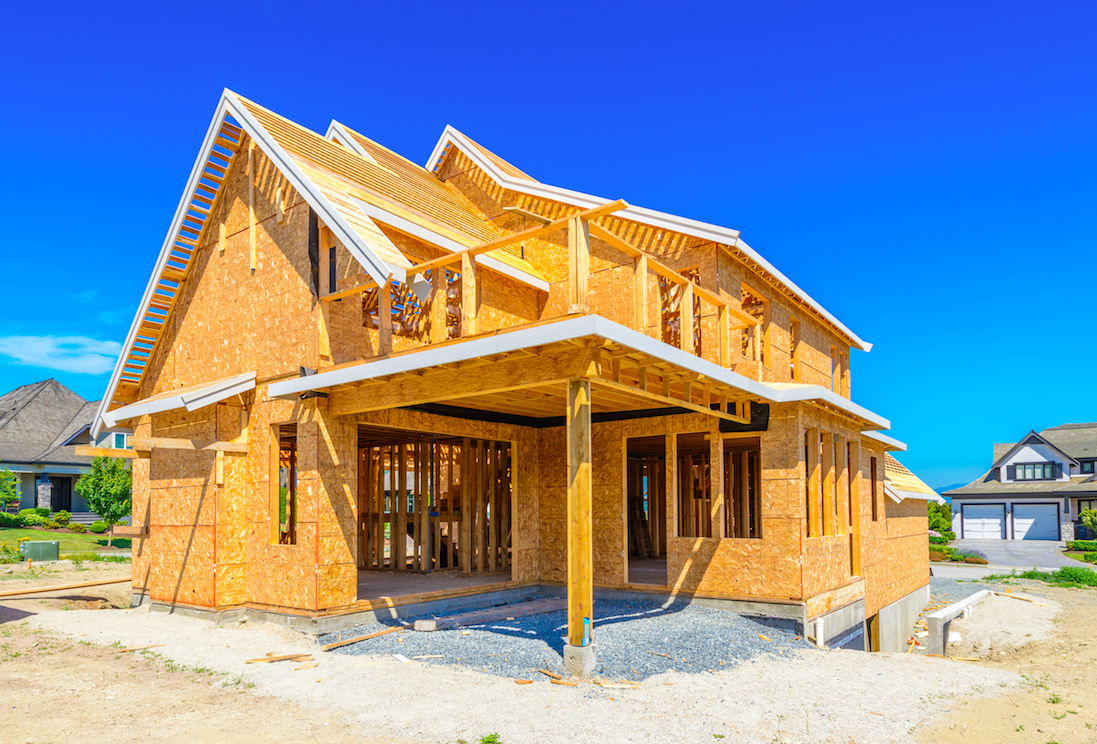From the Washington Post (8/1/2019)
By
It is nearly impossible to avoid chemical additives in your home — they lurk in flooring, paint, fabric, wood and tile.
With 40,655 chemicals in the Environmental Protection Agency’s Toxic Substances Control Act inventory, there is no telling how many show up in your home building materials, furniture and cleaning supplies. There is little to no testing to determine what happens when multiple additives mix in your home.
“There are a lot of chemicals we know little about. And we are exposed to multiple things, the totality of which we cannot begin to understand,” said Joel Tickner, a professor at the University of Massachusetts Zuckerberg College of Health Sciences. “There are materials found in house dust that we inhale and ingest, so the reason to focus on healthier materials is pretty clear, at least from a scientific standpoint.”
The good news is there is a growing movement to manufacture safer, less chemical-laden building materials, which can greatly lower your exposure to questionable substances — and many are easily available at big-box hardware stores, sometimes at a lower cost than their chemically rich predecessors.
If you plan to refresh your home, whether, with a new couch or a total gut, it makes sense to use the healthiest materials available. Here is how to find them.
First, there is confusion around what constitutes a healthy building material. Do we mean healthy for the environment — those products are usually called “sustainable” — or healthy for people in a house? Some may be both, but let’s focus on products that make your indoors healthier.
That primarily means materials that don’t worsen air quality.
“There are five times more pollutants in a house than in the outdoor air. It weighs on the body,” said Bill Hayward, a lumberyard owner who was sickened by indoor pollution, partly related to building products. He devised the Healthy Hayward Score to help people assess their home’s health. “Fifty percent of homes have indoor air-quality problems affecting people’s health,” he said. He also publishes a list rating the safety of many construction products at wapo.st/2OncOTw .
But even within categories of healthy products are different levels of healthy. Take paint, for instance.
Paints that are low-VOC (volatile organic compounds) are preferable to older VOC-loaded paints, but how low is low? Many low-VOC paints are still acrylic-based. Acrylic is a plastic, and some question how healthy any acrylic can be. “People live in rooms covered with acrylic paint, which is like living in a plastic bag,” said Jonsara Ruth, design director at the Parsons School of Design’s Healthy Materials Lab.
You can take a manufacturer’s word that its paint is low in VOCs, but you’d do better to look for a third-party certification. One of the more stringent low-VOC certifications is Green Seal 11. However, Ruth suggested going with an even safer mineral-based paint.
There are quite a few organizations like Green Seal, which are devoted to helping consumers sort the continuum of healthy, healthier and healthiest products. One is the Healthy Building Network’s HomeFree website (wapo.st/2OAYcjo) which rates different kinds of building materials on a best-to-worst scale. For instance, under flooring, linoleum gets the top rating while at the bottom are floors of recycled vinyl. Counterintuitively, recycled products can be especially hazardous — they may incorporate old material made when toxic chemicals were allowed. HomeFree has ratings for flooring, paint, drywall, countertops, cabinetry, doors, insulation adhesives and sealants, but it does not cite brand names.
If you want to know what specific brands to buy, there are dozens of certifications aiming to guide you to “eco” products. But buyer beware — some of those certifications are questionable. “There are a lot of labels that give consumers the impression it is sustainable and safe, but just because it has a green leaf on it doesn’t mean it’s healthier,” said Chris Cassell, head of sustainability for Lowe’s.
There are specific certifications that are generally considered the most reliable, however. The gold standard, experts say, is Cradle to Cradle, which certifies products that are sustainable, healthy and support socially responsible labor practices. Its list includes building materials as well as items such as furniture and clothing.
The EPA offers a Safer Choice certification, primarily for cleaning products.
Green Seal certifies not only products such as the aforementioned paint, but also restaurants, hotels and cleaning services.
Not all uncertified products are dangerous. Many may meet various standards, but won’t seek official certification, which can be a costly. In those cases, you will have to dig in and do your homework. The organization Mind the Store publishes a “Chemicals of Concern” list citing which chemicals are known hazards. (The site is at wapo.st/2Zkzt3Z). If you see any of those on a label, move on.
While you might not find every eco product in a big-box hardware store, you can find quite a few, more every year. Even products that aren’t marked as healthy may be safer than they were just a few years ago.
Ron Jarvis, Home Depot’s vice president of environmental innovations, said that his company weighs the health impact of every product it evaluates for sale and that healthier products get a leg up. That, he said, has turned the production of construction materials, cleaners and housewares into an eco-competition. “Manufacturers are concerned that the competitor that is coming in to pitch Home Depot will have taken out more chemicals and has a safer product,” he said. The result is products getting gradually safer over time.
Similarly, Lowe’s has a stated policy of continuously reducing harmful chemicals in the products it sells — for instance removing all residential vinyl flooring that contains ortho-phthalates, which have been linked to organ damage.
Two easy but often overlooked ways for do-it-yourselfers to avoid a big dose of chemical exposure, Cassell said, are: “Make sure you are reading the instructions carefully and use the protective equipment required.”
Hayward Score helps you discover how your home may be impacting your health in minutes – – for FREE!
Answer a quick set of questions then get a personalized list of action items. Transform your home and health today!
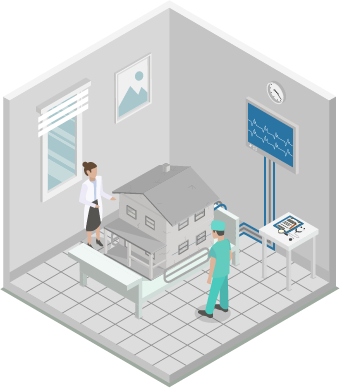
ARE YOU CONCERNED YOUR HOME IS MAKING YOU SICK?
Our guide on indoor quality will help you diagnose possible issues and implement intelligent solutions to improve the quality of the air inside your home.
